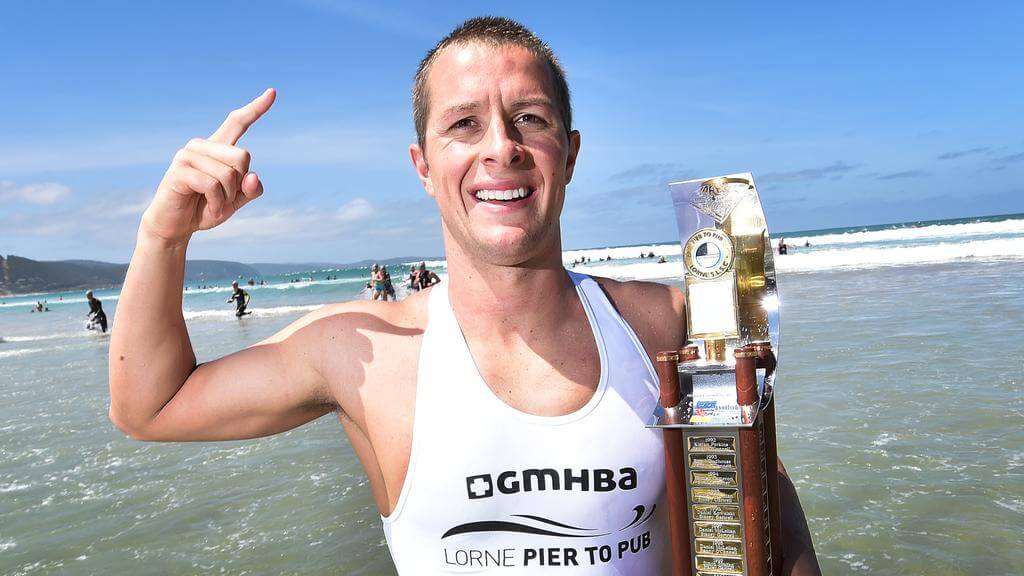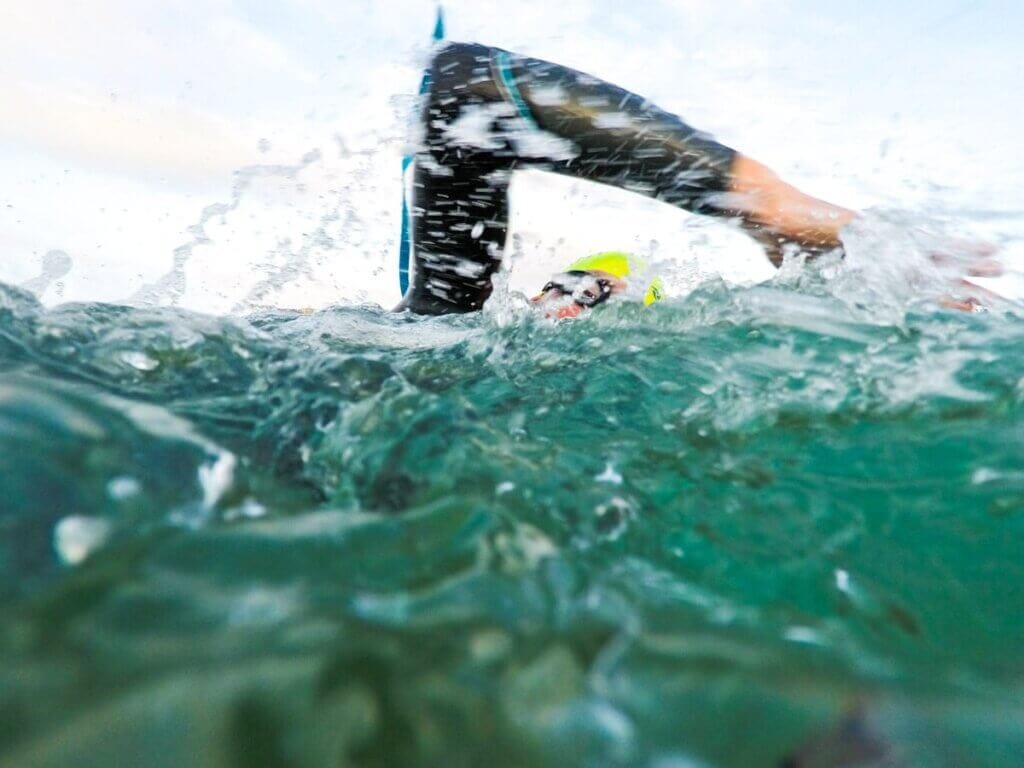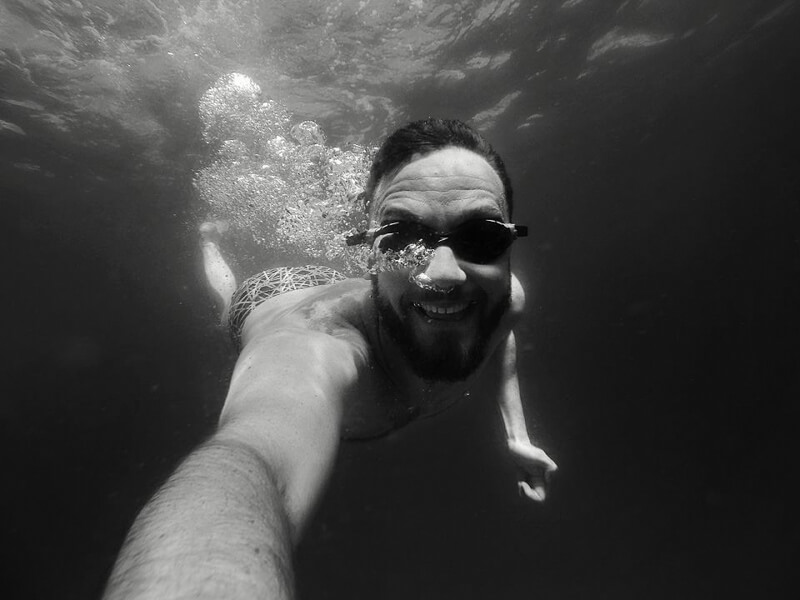Preparing for Australia’s newest open water swimming marathon

By Sam Sheppard, Mulitple Lorne Pier to Pub winner, a Solo Rottnest Channel titleholder, and a regular Aus Dolphins team member.
Swim the Gold Coast is the newest distance ocean swim to be added to the Australian open water calendar in 2021. The new race sees swimmers covering a distance of 21 km along the Gold Coast, starting at Coolangatta and finishing at Surfers Paradise, allowing for what will undoubtedly be amazing views of the coastline as you swim.
Whether you plan to complete this ‘marathon’ distance swim solo or as a team, the distance will make this swim very challenging and all entrants should prepare accordingly.
I have shared my specific training preparation below:
Specific Training
As an experienced open water and marathon swimmer, I have tried many different approaches to preparing for these types of events. Since retiring from professional sport, I was forced to try a new strategy leading up to the Solo Rottnest channel swim in 2019 to fit around full-time work at an engineering consultancy. It was particularly challenging to fit in training when travelling for work, and when I was only able to swim a few times a week during busy work periods. However, I found that in the short space of 4 months, I was in one of the best shapes of my life and ready to take on the marathon distance.
Some specific elements that my new training program had included:
- shorter sessions, with higher intensity on weekdays; and
- less warm-up and cool-down, more focus on hitting race-specific pace for a 20 km swim.
In adapting my program to fit around my work, family and social life, I realised that time was of the essence, and therefore less time was spent on warming-up and cooling-down, and replaced with pace-specific, shorter sessions that I could complete in under 60 minutes. This will be the same training strategy I will be adapting for Swim the Gold Coast.
Additionally, a few larger swims are recommended and practice eating while swimming, however, most of the training can be shorter and around 3-4 km sessions 3-4 times a week if they are of high intensity.
- 3-4 sessions of 3-4 km high intensity (above race pace) in the pool (4 months out)
- 2-3 long swims done in the pool 3 hr (3 months) to not only help training but to build confidence
- 1-2 long open water training session 3 hr each is ideal
- Use all the open water races throughout summer as training and try to either swim the longer distances or double up on races if on the same day.
There are plenty of great open water coaches and groups all around Australia that will be able to design a training plan specific to yourself swimming a 21 km marathon event. I’m sure plenty of the solo swimmers are already part of these ocean swim groups or being coached by one of these coaches. If you aren’t currently a member of one of these groups or would want some specific coaching support, please contact World Series Swims or jump onto one of the discussion boards and they will find someone near you that can help you achieve your goals.
Feeding
Nutrition is a big part of any marathon open water swim. I have personally found that the difference between getting nutrition correct during a race will be the difference to enjoying the race or turning it into a struggle to the finish line. My strategy is always to get in as much food as possible in the first half (the first 10 km in Swim The GC) of the race before increasing by breaks between feeding in the latter half.
For past races, I have often feed every 20 minutes with a mixture of carbohydrates and electrolytes. I like to choose food that is high in energy and that I can easily eat while under stress. Therefore, make sure you practice feeding during training and when your heart rate is elevated so that you know how you will feel while feeding in a race.
My key tips are:
- Feed frequently in the first 10 km
- Eat high energy foods that are easy to consume, and you enjoy
For specific individual feeding and nutrition plan please seek advice from a dietitian.
Race Strategy
Marathon swims are raced in the mind as much as they are physical efforts. A simple race strategy and planned pacing will ensure that you have a benchmark to keep you on track for a successful race. It’s important that you share your pace and strategy with your support crew ahead of time so that everyone on your team is working towards the same goal.
My simple strategy is as follows:
- 0 – 10 km – Easy pace. At the start of any race emotions and nervous energy will be high, therefore the first third of the race should ‘feel’ easy, but you will actually find that you are travelling faster than you feel. Don’t waste your energy by pushing hard too early. One of the things I noticed when I altered my training for Rottnest 2019 was how quickly I was able to get into a rhythm (having practised with less warm-up).
- 10-15 km – Pick up the pace. Shorter, faster stroke-rate, but saving the leg-kick. This is where training pace with pull-sets will assist.
- 15-21 km – Final push. Bring in the leg-kick slowly so that maximum kick and peak pace is coming in on the final 1-2km. Alternatively, keep the consistent pace all the way to the finish line and enjoy the last moments of the race (this is my personal recommendation). Ensure that you keep feeding throughout this final push, if you stop feeding too early you may find that you do not have enough in the tank to lift in the final stages.






Thanks for your advice in the above article, very helpful. With regards to ideas on what nutrition to consume is there any articles related to this. I have seen a dietitian in the past and they were not able to help to establish a starting point to try and work out a feeding plan. Thanks